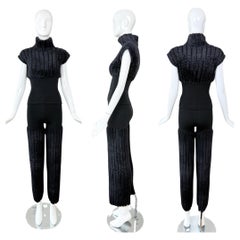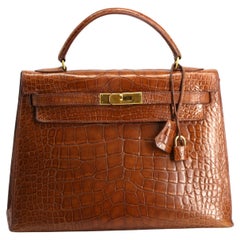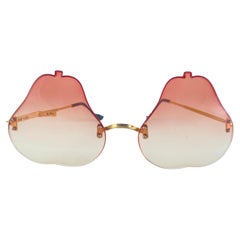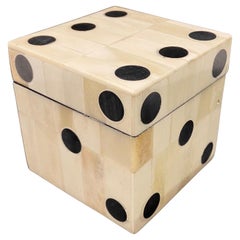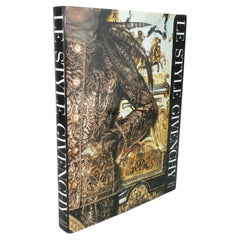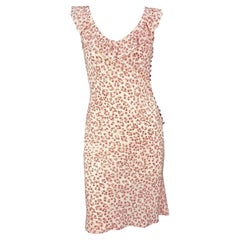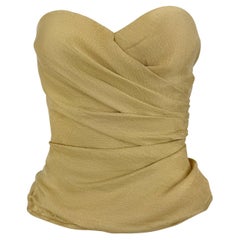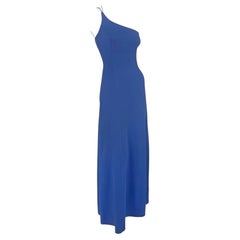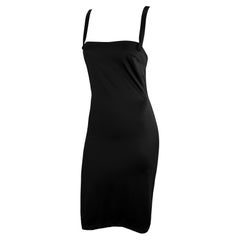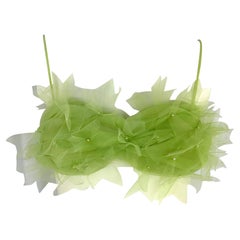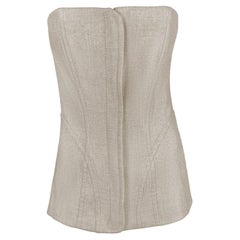1990s Fashion
French 1990s Fashion
1990s Fashion
Italian 1990s Fashion
Italian 1990s Fashion
Italian 1990s Fashion
Italian 1990s Fashion
French 1990s Fashion
Italian 1990s Fashion
French 1990s Fashion
1990s Fashion
Italian 1990s Fashion
1990s Fashion
Italian 1990s Fashion
French 1990s Fashion
Italian 1990s Fashion
1990s Fashion
American 1990s Fashion
Unknown 1990s Fashion
French 1990s Fashion
1990s Fashion
French 1990s Fashion
French 1990s Fashion
1990s Fashion
1990s Fashion
English 1990s Fashion
Spanish 1990s Fashion
1990s Fashion
European 1990s Fashion
Italian 1990s Fashion
French 1990s Fashion
American 1990s Fashion
Italian 1990s Fashion
European 1990s Fashion
Italian 1990s Fashion
French 1990s Fashion
1990s Fashion
1990s Fashion
French 1990s Fashion
Italian 1990s Fashion
Italian 1990s Fashion
Italian 1990s Fashion
1990s Fashion
Japanese 1990s Fashion
Italian 1990s Fashion
1990s Fashion
French 1990s Fashion
1990s Fashion
French 1990s Fashion
1990s Fashion
1990s Fashion
Italian 1990s Fashion
American 1990s Fashion
Italian 1990s Fashion
1990s Fashion
Italian 1990s Fashion
French 1990s Fashion
Italian 1990s Fashion
American 1990s Fashion
British 1990s Fashion
Italian 1990s Fashion
'90s Fashion: Find Vintage Gucci, Dolce & Gabbana and 1990s Chanel Handbags for Sale on 1stDibs
For fashion lovers, the 1990s have become associated with styles adopted by today’s supermodels and influencers, who never wear the same thing twice. And because fast fashion didn’t yet exist, the design associated with 1990s fashion — vintage '90s handbags, clothing and accessories — has a quality appreciated by the millennial generation: authenticity.
If there was one concept unifying fashion in the 1990s, it was the lean silhouette. “Fashion is a game of proportion,” Alexander Fury wrote in the New York Times in 2016. “Narrow-shouldered and narrow-hipped, the ’90s were skinny.”
If it takes a practiced eye to identify that single concept, that’s because in truth, ’90s fashion was many things to many people. After the 1980s era of strong-shouldered working women, glossy aerobicized bodies and Madonna, fashion branched out.
The industry gained momentum from big-money relaunches of the great Paris houses Dior, Givenchy and Balenciaga, rescued at long last from the constraints of licensing. Japan and Belgium gave fashion new avant-garde ideas to play with. From America came denim, minimalism, '90s grunge fashion and hip-hop. From Italy came sex appeal. And Prada.
For the colorful corsets of her 1990 Portrait collection, audacious British designer Dame Vivienne Westwood drew on 18th-century oil paintings — her models donned the pearl choker necklaces that have become a social media star and a favorite of influencers and fashion lovers all over the world. For a jacket-and-shorts suit from her Fall/Winter 1996–97 Storm in a Teacup line, the designer used the extreme asymmetry of a tartan mash-up to confront, according to Westwood, “the horror of uniformity and minimalism.”
“The ethos of the time was, you could have style, you could be into all kinds of cool stuff. It wasn’t about money, it wasn’t about status,” says Katy Rodriguez, cofounder of Resurrection. In contrast, “our last 10 years have seen the domination of nonstop luxury, money and status.”
Vintage 1990s Chanel bags, for example, are among the most prized of the brand’s offerings — at Newfound Luxury, proprietor L. Kiyana Macon has "clients who only buy ’90s Chanel because they recognize that it is the best quality.”
Things were different in the ’90s, and the difference is reflected in the clothes. Pull up any recent “How to Do the 1990s” fashion article (or look at photos of current supermodels Gigi, Kendall and Bella), and you’ll see iconic '90s outfits — knee socks, cardigans, fanny packs, fishnet stockings, slip dresses, flannel shirts and combat boots.
Rodriguez has recently noticed something similar happening. Before COVID, customers searched 1990s stock “for very sexy Galliano, Dior, Cavalli — that kind of thing,” she explains, noting that just a few months ago, “people were posting [on social media] the poshest things they could.” Now, in the age of shutdown, “that would just look out of touch.”
Instead, people are looking for “things that are cool but also easy and comfortable, not necessarily super-luxe,” Rodriguez continues. They’re “heading back to the more avant-garde, anti-fashion designers, like Helmut Lang, [Martin] Margiela and [Ann] Demeulemeester.”
Late designer Franco Moschino shocked and titillated the ’80s fashion elite with his whimsical, irreverent parodies of bourgeois finery. Whether emblazoning a sober blazer with smiley faces or embellishing a skirt suit with cutlery, Moschino rendered high style with a hearty wink. He famously said, “If you can’t be elegant, at least be extravagant” — words that, with all due respect to Susan Sontag, epitomize the essence of camp.
Vintage Moschino pants, jackets and other '90s Moschino garments remain so bold and fresh today that even the house's former creative director, Jeremy Scott, drew on the brand's past and the pop culture of the decade for his debut collection in 2014.
Find vintage 90s dresses, skirts, sweaters and other clothing and accessories on 1stDibs — shop Thierry Mugler, Miuccia Prada, Jean Paul Gaultier and more today.
